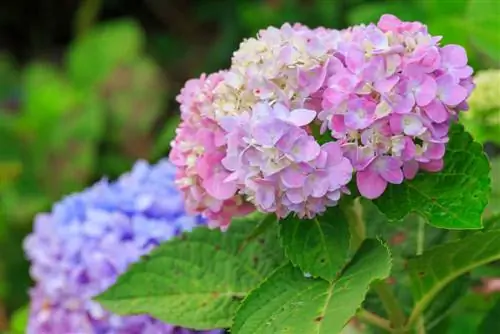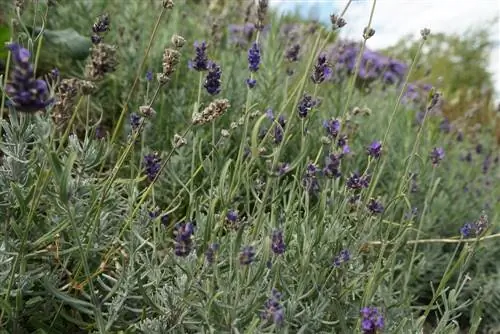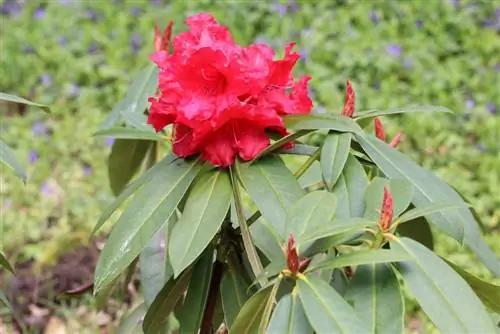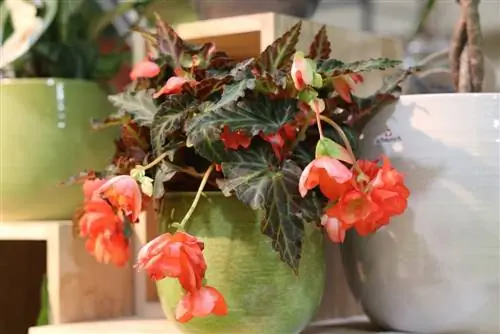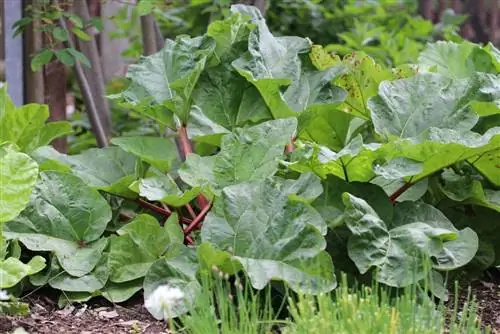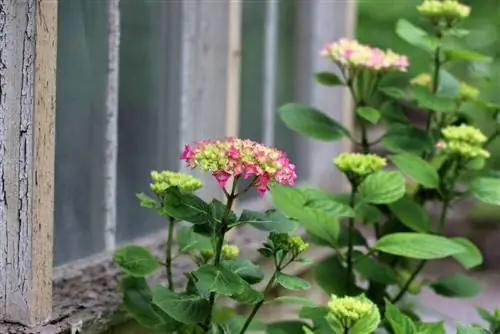- Author admin [email protected].
- Public 2023-12-17 03:39.
- Last modified 2025-06-01 06:48.
The location of hydrangeas should be chosen well because it plays a crucial role in their growth. We have summarized the factors you should consider when choosing a location in this article!
Soil / Substrate
The right substrate or the optimal soil is essential for the growth of hydrangeas. Therefore, it is important to ensure that it is as fresh, humic and profound as possible. Hydrangeas also prefer a nutritious substrate. However, if the existing soil does not have these properties, it is possible to improve the soil. This can be achieved by mixing the substrate with compost. Since hydrangeas are very thirsty plants, the soil should always be moist, but not wet. The plants cannot tolerate waterlogging, but should never dry out either. The following substrates are suitable for hydrangeas:
- Mixture of peat and compost soil
- Hydrangea Soil
- Rhododendron Soil
- Azalea soil
- expanded clay
Note:
Mulching with bark humus prevents evaporation and therefore keeps moisture in the soil for longer!
The pH value
In addition to the properties mentioned above, the pH value of the soil is also crucial for the growth and appearance of hydrangeas. In general, the plants prefer a slightly acidic pH value in the range of 5 to 6. However, the color of the flowers also plays a crucial role, because blue hydrangeas prefer a lower pH value. It is even possible to influence the color of the flowers by adjusting the pH value: pink-red flowers can be colored blue by reducing the pH value and the blue flowers can be colored pink/red by increasing the pH value.
- blue flowers: pH value of 4.0 - 4.5
- pink flowers: pH value of 6.0 - 6.2
Note:
The pH value of the soil can be determined using test sticks.
Sun and Shadow

Most hydrangeas prefer a partially shaded location where they can get sunlight in the morning and afternoon. However, some varieties also do very well in shady places, such as farmers' hydrangeas and climbing hydrangeas. A place in the blazing sun, however, is not ideal for the plants, and the midday sun in particular can cause problems for them. It is therefore advisable to protect hydrangeas from the direct midday sun. Plants on the balcony or terrace can simply be placed in the shade in the midday sun. However, in outdoor cultivation, the plants should be provided with sun protection. Natural parasols include:
- Scot pines (Pinus sylvestris)
- Flower dogwood (Cornus kousa and Cornus florida)
- larger varieties of Japanese maple (Acer palmatum)
Windbreak
A windbreak is not a must for hydrangeas, but it is definitely recommended. Varieties with heavy flower heads in particular, such as “Annabelle”, benefit from a place protected from the wind. Hedges and dense trees, but also walls, can act as windbreaks.
Balcony
Hydrangeas grow best on a balcony that faces west or east. However, facing south is not recommended. On the one hand, because the plants prefer a partially shaded location and, on the other hand, because the heat and sunlight on the balcony are usually significantly higher anyway. The dry, hot climate on a south-facing balcony can cause the leaves to become limp and the plant to dry out more quickly.

